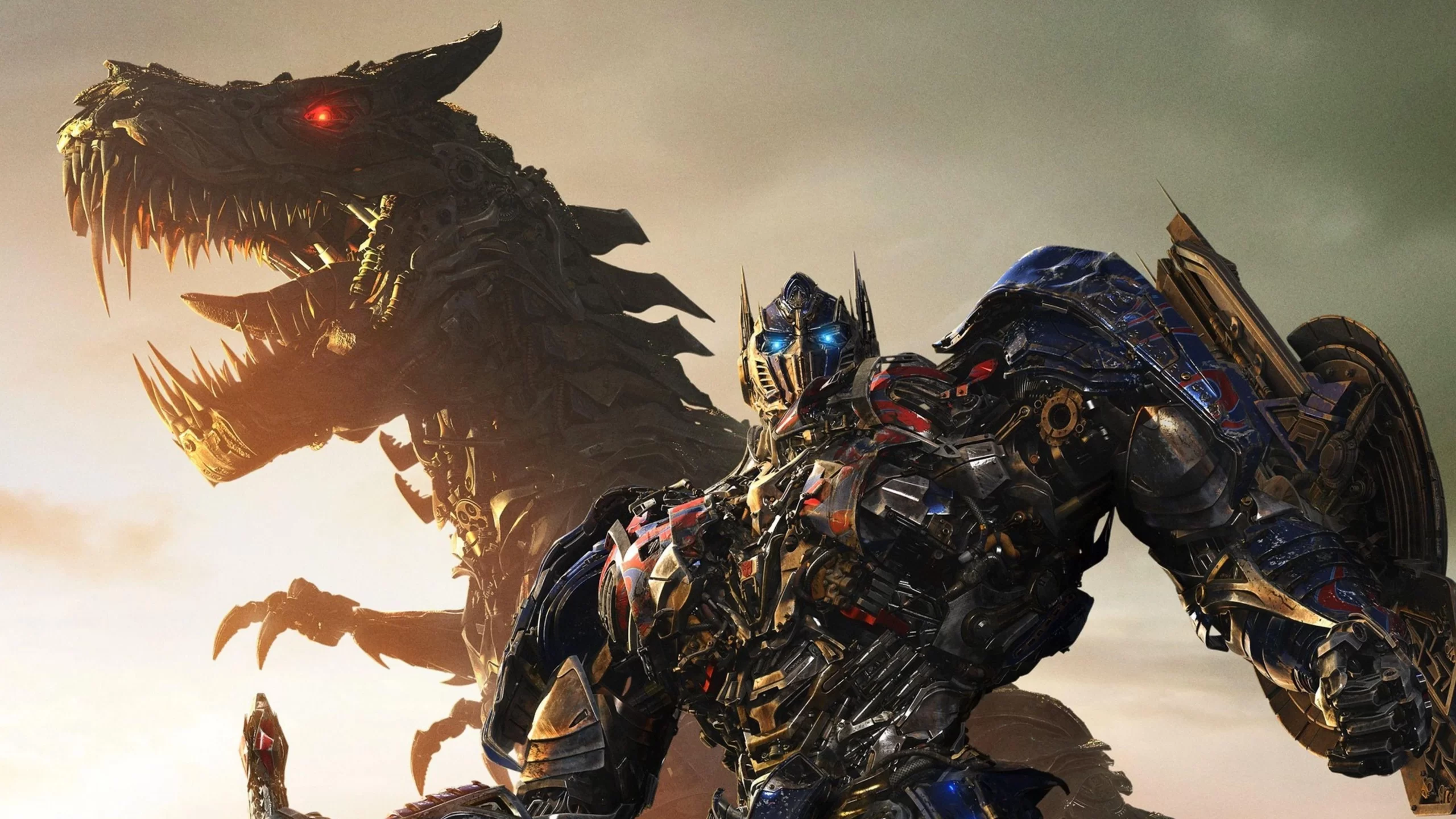The Transformers movie franchise stands as a monumental example of how popular culture, advanced visual effects, and a beloved toy line can converge to create a cinematic phenomenon. Since its inception in 2007, the franchise has gone through multiple iterations, captivating audiences with its robotic spectacle, and leaving an indelible mark on both the film industry and pop culture as a whole.
Origins and Genesis:
The journey of the Transformers movies began with the release of “Transformers” in 2007, directed by Michael Bay and produced by Steven Spielberg. This film marked a significant departure from the animated TV series that had already established a dedicated fan base. With Shia LaBeouf in the lead role and a groundbreaking use of computer-generated imagery (CGI), the film aimed to bring the Autobots and Decepticons to life like never before. It was a commercial success, grossing over $700 million worldwide, and set the stage for an expansive cinematic universe.
Spectacle and Visual Effects:
What truly set the Transformers movies apart was their pioneering use of CGI and visual effects. The intricate detailing of the robotic characters, the dynamic transformations from vehicles to humanoid forms, and the explosive action sequences became the hallmark of the franchise. These movies showcased the cutting-edge capabilities of CGI technology, pushing the boundaries of what was previously thought possible on the big screen. Audiences were drawn not only to the engaging narratives but also to the sheer visual spectacle that unfolded before their eyes.
Narrative Arcs and Mythology:
As the franchise progressed, it delved deeper into the Transformers’ rich mythology. “Transformers: Revenge of the Fallen” (2009) introduced the concept of the ancient Transformer, The Fallen, and expanded the universe’s lore. However, not all installments were met with equal enthusiasm. “Transformers: Dark of the Moon” (2011) attempted to weave the moon landing into the narrative, while “Transformers: Age of Extinction” (2014) introduced a new human cast and Dinobots. Despite some criticism, the films continued to draw in audiences with their blend of action, humor, and exploration of the ongoing Autobot-Decepticon conflict.
Spin-offs and Expanding Universe:
The franchise didn’t limit itself to the main series. “Bumblebee” (2018), directed by Travis Knight, served as a soft reboot and a prequel, exploring the origin of the fan-favorite character Bumblebee. This spin-off offered a more character-driven narrative and a nostalgic nod to the original animated series, which resonated positively with fans and critics alike. It also marked a departure from Michael Bay’s signature style, opting for a more focused and emotionally resonant storytelling approach.
Cultural Impact:
Beyond box office success, the Transformers movies have left an enduring impact on popular culture. The distinct character designs, memorable catchphrases like “Autobots, roll out!” and “More than meets the eye,” and the larger-than-life action sequences have all become ingrained in the collective consciousness. The franchise’s merchandising and toy line have also maintained their relevance, appealing to both new and nostalgic audiences. The movies not only revived interest in the Transformers brand but also paved the way for other toy-based franchises to be adapted into successful film series.
Critique and Evolution:
While the Transformers movies have enjoyed commercial success, they have not been without criticism. The emphasis on explosive action and CGI spectacle, often at the expense of character development and coherent storytelling, has drawn ire from some cinephiles. Michael Bay’s directorial style, characterized by fast-paced editing and bombastic visuals, polarized audiences and critics. As the franchise evolved, attempts were made to address these concerns, resulting in “Bumblebee” offering a more balanced and character-centric approach.
Future Prospects:
The Transformers movie franchise continues to evolve. In an era of cinematic universes and interconnected storytelling, plans are in motion for expanded narratives and interconnected spin-offs. Paramount Pictures and Hasbro have announced the development of multiple Transformers projects, aiming to explore different facets of the universe and characters. This approach mirrors the success of other franchises that have embraced cinematic universes, potentially breathing new life into the robotic world.
In conclusion, the Transformers movie franchise has solidified its place in cinematic history by combining cutting-edge visual effects, nostalgic appeal, and larger-than-life action. From its inception in 2007 to its current state as an evolving cinematic universe, the franchise has captured the imagination of audiences worldwide. While the series has faced its share of critique, it has undeniably left an indelible mark on pop culture and the film industry. As the Transformers saga continues to unfold, it stands as a testament to the power of transforming beloved childhood toys into a cinematic phenomenon that spans generations.

